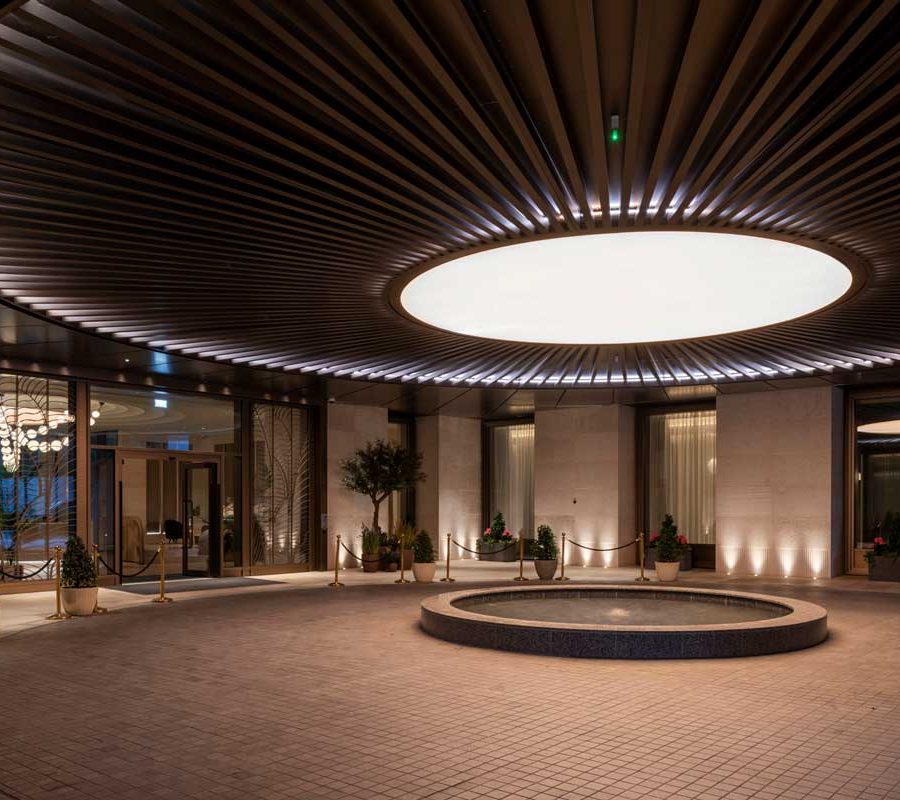Commercial
UNDERSTANDING FLOOD RESILIENCE: TRADITIONAL VS. STRETCH CEILINGS WITH NGA
Stretch ceilings have emerged as a revolutionary interior design solution, offering versatility, aesthetic appeal, and now, unexpected resilience in the face of water damage. Floods, whether from natural disasters or unforeseen accidents, pose a significant threat to property, causing extensive damage to ceilings and structures. However, with the advent of stretch ceilings engineered to withstand a certain amount of water, a new era of durability and functionality has dawned.
UNDERSTANDING STRETCH CEILINGS
Stretch ceilings are modern alternatives to traditional ceiling solutions.They consist of a thin, flexible membrane made from PVC, stretched and installed tightly across a room’s perimeter. Unlike conventional ceilings, which often require extensive construction and maintenance, stretch ceilings offer quick installation, customizable designs, and easy upkeep.
UNDERSTANDING THE DIFFERENCE
Water damage presents a significant challenge for homeowners and property managers worldwide, especially affecting traditional ceilings
made from materials like gypsum board or plaster. These ceilings are prone to warping, discoloration, and structural instability when exposed to floods or leaks, leading to costly and disruptive repairs. However, manufacturers have developed a remarkable solution: stretch ceilings! Featuring specialised membranes designed to repel water, these ceilings prevent penetration and can maintain their integrity even in flood conditions, minimising damage and simplifying post-flood restoration.
ADDRESING STRETCH CEILING FLOODS: NGA RECOMMENDS THE
FOLLOWING STEPS:
At NGA, with extensive experience and countless stretch ceilings installed, we occasionally receive calls about water ingress issues, and our team is always ready to assist. While some water infiltration can be managed without affecting the ceiling’s appearance, it’s crucial to follow specific steps:
1.Identify any bulges in the stretch ceiling.
2.Assess the severity of the water leak.
3. Avoid puncturing the ceiling unless the leak is significant, as this could
worsen the damage.
4.Contact your local stretch ceiling professionals for assistance.
Here’s how NGA addresses water ingress caused by floods or leaks:
Our professionals will promptly visit your site to release the stretch ceiling and remove the water using a syphoning technique, preventing damage to your space. We’ll then facilitate access for other specialists to repair the leak. Finally, NGA will apply heat to the stretch fabric and reinstall it, ensuring your ceiling is restored to its original condition.













